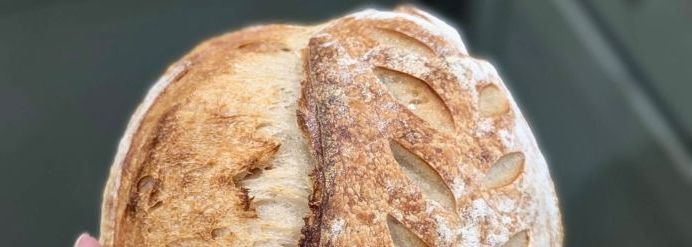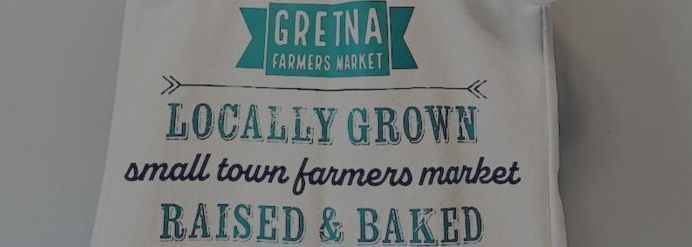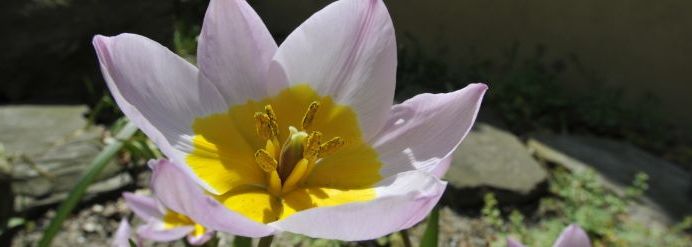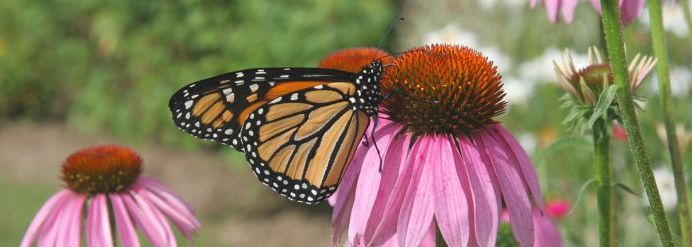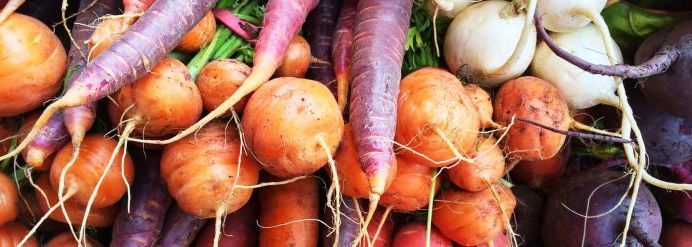One of the most enchanting sights in the sky is the Harvest Moon. The Harvest Moon, typically occurring in late September or early October, is the full moon that rises closest to the autumnal equinox. This natural phenomenon has captivated humans for centuries, not only for its beauty but also for its significance in agriculture and the changing seasons. Discover the science behind the Harvest Moon and how it ties into seasonal changes in Gretna, Nebraska!
What is the Harvest Moon? 🌕
The Harvest Moon is the full moon that occurs closest to the autumnal equinox, typically around September 21st or 22nd. The name "Harvest Moon" comes from the moon's historical significance in agriculture. Before the advent of modern farming equipment, farmers relied on the full moon's light to extend their working hours during the critical harvest season. The Harvest Moon provided extra light in the early evening, allowing farmers to gather crops long after sunset.
What makes it unique? 🌾
What makes the Harvest Moon unique compared to other full moons is the timing of its rise. Normally, the moon rises about 50 minutes later each night, but around the time of the Harvest Moon, the moon rises only about 20-30 minutes later than the previous night. This happens because of the angle of the moon's orbit relative to the horizon. In the Northern Hemisphere, during this time of year, the moon's path makes a shallower angle with the horizon, causing it to rise earlier than usual. This means that for several nights in a row, the moon appears larger and brighter, providing more light during the critical harvest period.
The Harvest Moon and seasonal changes 🍂
The Harvest Moon is closely tied to the changing of the seasons. It marks the transition from summer to fall when many natural changes occur in the environment and the animal kingdom.
Shorter days and cooler temperatures
As the Earth tilts away from the sun, daylight hours begin to shorten and temperatures start to drop. This shift signals the end of the growing season for many crops, which is why the Harvest Moon is so important for farmers. The cooler weather also signals the beginning of many animals' preparations for winter, including gathering food and building shelters.
Plant life
For many plants, the changing length of daylight triggers the production of seeds and the shedding of leaves. This is most evident in deciduous trees, which begin to change color as the chlorophyll in their leaves breaks down, revealing the vibrant reds, oranges, and yellows of fall foliage.
Animal behaviour
Many animals are instinctively tuned to the seasonal changes that accompany the Harvest Moon. Migratory birds, for instance, begin their long journeys to warmer climates. Other animals, like squirrels, start storing food in preparation for winter hibernation.
Take a look at the Harvest Moon in Gretna, Nebraska
The 2024 Harvest Moon is also a stunning Super Moon and partial lunar eclipse. You can view this on the evening of Tuesday 9/17 from 9:13pm - 10:15pm CST, peaking at 9:44pm.
See you this Saturday in downtown Gretna as we celebrate everything the local farmers and makers bring to the market! You will find parking and directions here.







